Under my umbrella: Superstition, Motherhood, Protection
Umbrellas have always carried meaning for me - as have superstitions and the notion of protection.
Before meeting my grandparents in real life, I met Charlie Chaplin on the screen. I must have been 3 or 4 years old when my eyes widened in admiration as I made the connection to my mostly silent grandpa using a walking cane, moustache-umbrellaed mouth horizontally shut. I zeroed in on his solid stick umbrella in the corner of the room, a mini version of his primary accessory and saw it as an invitation to mimic him, and, perhaps more importantly, my opportunity to generate some laughter as I did so. I remember the task was difficult, as the handle reached my neck. In Charlie Chaplin manner, I tumbled and tried again and still recall the golden feeling in my body when I made this stoic man’s lips part in laughter.
In my grandparents meagre-means Greek household I also received the antidote to the Canadian consumerist society I was born in. It is there I learned that when something is damaged we lovingly repair it - not discard and replace it.
I proceeded to be fascinated by the architecture of umbrellas. How could something cylindrical assume such a form? How could it expand its fine skeleton, like a bird opening its wings to shelter its young? Umbrella belly up on the floor and me cantilevered over it, I observed how one part connected to the next. In the absence of lego bricks in this mountain top village, I would spend hours trying to repair the broken ones, putting ends in place, sewing where needed.
And although my holding the umbrella as a cane generated amusement, when my curiosity invited me to open it up indoors, I was met with startling disapproval. I was scolded that opening the umbrella inside the house was “BAD LUCK!”. Arguing against that or seeking explanation was out of the question.
There was an abundance of other superstitions, mostly around the “mati”, or ‘evil eye’, for which to protect against there were (and are) a myriad of tips and tricks. The famous blue eye being one of them, but also wearing one sock inside out, wearing red underwear, fake spitting three times when you admire someone, or preferably saying a dry “ftou-ftou-ftou” - because contamination is another biggie. And so, quite a few superstitions around cleanliness - my all time favourite perhaps being that if you do not sweep well, you will be “cursed” to marry a “follically challenged” man (!). Do not get me started on the hair superstitions…
The umbrella was presumably first invented thousands of years ago in China, though some argue it was Egypt, where it had spiritual significance, as it did in Ancient Greece where it was used by Dionysus cult followers. The skiadeion, σκιάδειον, was an essential accessory to women in 5th century BC as protection from the strong sun of Greece, where the earliest archaeological evidence of a collapsible umbrella is found. From protecting against sun, to rain, from frames made of bamboo, to whale bone, to steel, to fibreglass; the evolution of the umbrella has required for its parts to bend increasingly more - even intentionally backwards and to snap back into shape again. This protector has evolved to be stronger and more resilient.
Just as umbrellas have been around for millennia, superstitions around them also have. The original superstition probably originates in ancient Egypt. Umbrellas were used as a shield from the sun, and opening one indoors was disrespectful to the sun god, Ra, who would seek vengeance on the household in which the umbrella was opened. In subsequent cultures, seeking protection indoors, would result in the wrath of protection spirits, who would give you something to need protection against!
Superstitions exist all over the world, protecting the young and vulnerable against visible and invisible dangers. The range of threats is endless: damage or loss of property, injury, drowning, contamination, but also shame and social isolation. Years of intergenerational trauma wrapped up in magical thinking. Anxieties, relevant or no longer so, linked with sometimes a rational and sometimes no longer applicable action, resulting in a heritage of thought-action fusion.
And then one spring day, I became a mother. The task of protecting little J felt immense, and I felt uncertain I was not too broken for it. At that moment I did not yet know how serious it was, but I would be having my third spinal surgery a couple of months later, and was in quite a lot of pain. “Step on a crack, break your mother’s back” - this little one who had not yet taken a single step, was certainly not the reason her mom’s back was broken. And in every way I tried to convince myself and the world that nothing had changed - I was determined to do motherhood perfectly - and in style. I was now the protector - no protection for me - as I was possibly bordering on Responsibility OCD.
I still remember my confusion the first rainy day I went out with my baby girl in her pram. I prepared baby J, fully stocked the diaper bag, straightened the lush pregnancy mane I still enjoyed, applied mascara, changed baby J’s diaper one last time, and off we went. And then the rain came. I swiftly put the clear shield on baby J’s pram, and trusted the next generation steering I was promised at the pram shop would be reliable with one hand, allowing my left hand to hold my own umbrella.
It was nothing short of a disaster. For a minute I was frustrated - how could no-one possibly have thought of this? My architect mind kicked in high gear and started thinking of patents that could correct this. But soon realising that between feedings and laundry I would not materialise any in time to get me through this season, I surrendered. I learned to enjoy the wind and rain on my face, to accept my frizzy curls replacing shiny blow outs, and that mascara was no longer to umbrella my mother eyes on rainy days. So long as she was warm, dry and in awe of the world she was discovering for the first time, it was more than a fair trade.
And this became a symbol for many years. The way a mother’s needs are not necessarily always put aside, but change through the journey of motherhood. And what a gift this evolution was. Baby life is messy. I had to let go of my OCPD colour schemed closet arrangements and spotless home, in order to allow for life and joy to exist inside it. Outside of it, muddy puddles were no longer to be avoided lest my designer shoes be compromised, but rather became delicious archives of the rain to jump in, and opportunities for lessons. And as I was taking the experience to the drawing board, teaching her the cycle of water with thick markers reenacting clouds, thick raindrops, rivers and seas on big sheets of paper, I was still in great part oblivious to the cycle of life.
A couple of weeks ago, no-longer-baby-J and I found ourselves in Paris. I had styled my hair to laissez faire perfection, thinking I may once again be a “stylish mom”. I had not packed an umbrella despite the weather warnings - don’t care for the foldable ones. It rained nearly the entire time. Thankfully, the pull of the colours of the open air market and the smell of the reportedly best croissants in Paris was stronger than my vanity.
So I took a stroll around the market, and took my place in the long line to wait for our own fluffy, buttery goodness. Just as I started to worry my hair may be the least of my problems, as my shoes and clothes were getting quite damp, an apparition before my eyes: what was once my baby J shielded in the pram, then jumping in puddles, then dressing as the Morton Salt girl for Halloween, was now 18 and walking towards me with an umbrella in hand. An evolution of her sometimes rigid mom, she had packed a foldable one. In a moment, years of shared raindrops and teardrops with this now lovely young woman, flashed before my eyes. She was on her way to protect me.
To be able to offer protection when it is needed we need not only be strong, but also resilient and constantly evolving. The umbrella superstition may not be as simplistic as it may appear to be at first. It may also serve to remind us that to remain strong and resilient, we must not give in to the hypervigillance that trauma or anxiety can trick us into. We must remember to also “close up” when not needed, like a mother bird knows when to gather her wings. Unshielded, as perhaps everyone feels in parenthood at times, we need to also surrender, close up, rest, and accept protection from another.
And there are countless ways to offer and receive protection. And it can come from unsuspecting places among the elders and the young. One way is warning and sheltering against possible threats, like under an umbrella in the rain. But it can also be lending innocent eyes to rediscover the world we think we know by now and may be tired of, laughing with another on our shared brokenness, but, in all cases possible (because some require walking away to protect ourselves), not giving up on each other. Trusting that with love and patience we can stitch back “damaged” parts. To do that, we need to first understand the parts and their connection to other parts, through this lifetime and often ones preceding. And by repairing one another, we ultimately protect ourselves.
No manual or mental pursuit has taught me the importance of patience, trust, out-of-the-box creative thinking, resilience and “mending” the way motherhood has. I taught her the cycle of water first in practice and then in theory, and taught her how to protect herself from it. She brought the cycle of life from theory to life for me, and taught me the futility of trying to protect against it.
The brain’s default mode is to keep us safe. It is how we have survived as a species. And it is love, curiosity and creativity that help us live and not merely survive.
***Umbrella, wisdom to wear runners, and photograph that inspired this piece, care of J - thank you for all of it <3***
For a concise clarification on the overlap and differences between OCD, OCPD and Superstition, I would recommend listening to the Andrew Huberman Lab podcast episode, also found on YouTube:
https://open.spotify.com/episode/7tRiube0w7Fief8EuR1FIu?si=OFecyyqPThCwmpufVGqpZQ
To read more about the history of umbrellas:
https://www.brown.edu/Departments/Joukowsky_Institute/courses/13things/6735.html#:~:text=The first people to waterproof,of the first collapsible umbrella.


